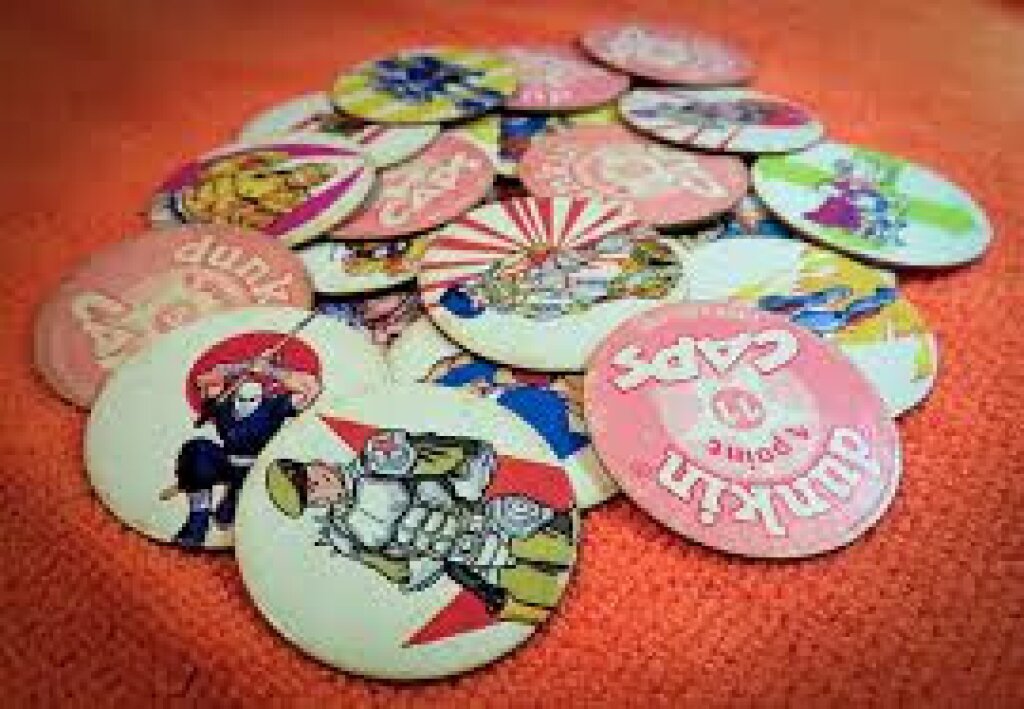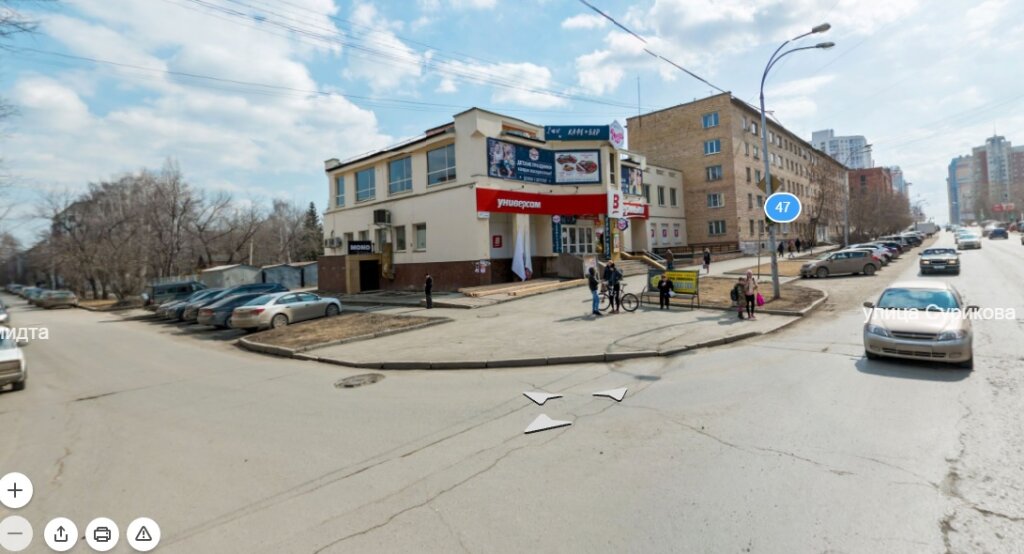Abby Latour is a journalist based in New York City. For more information about this project, email 90srussia@gmail.com, or see @early90srussia on Instagram.
This is Part III in a three-part series. Part I may be found here, and Part II here.
Did you spend time in Russia or the former Soviet republics in the early 1990s? Have you saved an artifact, souvenir, kitschy trinket, book, or memento that embodies the spirit of that time? How does the object capture the first post-Soviet years? How has its meaning changed since?
Consider adding to a digital photo archive of Russian material culture from 1991-93 to memorialize the hopefulness of a period when multiple paths were open to the country. Join resistance to official state memory discourse about the Russian 1990s as a time only remarkable for violent crime and economic chaos. In this work, my goal has not been to replace an exclusively negative framing of the period with an excessively positive one. The 1991-93 period also involved hardship brought on by the falling away of institutions, systems, and safety nets, exacerbated by economic upheaval caused by neoliberal economic reforms. To be sure, this was a time of disappointment and soul-searching, demanding stamina from even the most ardent optimists.
Conjuring up memories of the period’s hopefulness and aspirations, however, adds to conversations about alternative paths in contemporary Russia. Some questions I’ve raised in my broader research project and in my posts here this week are: How do certain objects capture the élan of 1991-93? How might positive memories of an anomalously liberated period in Russian history help galvanize resistance to hegemonic memory culture?
My project sought to contextualize everyday objects, ephemera, print culture, and media from the first post-Soviet years in Russia, highlighting representations of exuberance, new opportunity, and optimism. I focus especially on August 1991 to October 1993, a period bookended by the failed coup of 19-21 August 1991, and the Russian Constitutional Crisis that ended on 4 October 1993.
In 2005, Putin called the end of the Soviet Union “the greatest geopolitical catastrophe of the twentieth century.” By the same token, the Russian president frames the 1990s as a traumatic period for the Russian people that should never be repeated. This narrative of violent crime, economic chaos, and national humiliation obscures any positive framing of the 1990s. As time passes, the decade’s early period becomes increasingly indistinguishable from its later years, contributing to the demise of any positive narrative. As I discovered, 1991-93 was a time with peculiar and contradictory characteristics: the pinnacle of a jubilant cultural renaissance; a period of public impatience and anxiety over the pace and direction of change; and yet a promising starting point for building post-socialist society.
There was more to August 1991-October 1993 than a continuation of Gorbachev’s glasnost, which in any case no longer made sense as state policy once the Soviet state apparatus ceased to exist. The period kicked off with a successful demonstration of “people power” in August 1991, when the Russian people definitively rejected a return to hardline communism during a failed coup by Gorbachev’s opponents. This moment seemed like a high water mark of glasnost that opened new possibilities for political participation to ordinary citizens.
Svetlana Boym documented her Russian homeland in part through “still lives” and “creative personal collage” of typical Soviet citizens displayed in hutches and bookshelves. Like Boym’s work, my project analyzed objects forming the “creative personal collage” and “bookshelf treasures” of ordinary people. But unlike Boym, who returned to her home country and observed it after emigrating, I have collected objects preserved outside Russia’s borders for 30 or so years, by people who encountered the Russian 1990s as visitors or as members of the Russian diaspora.
This work also seeks to contribute to online discourse that would counteract dangerously one-sided narratives of the type Putin has used to justify his consolidation of power. Media historian Mykola Makhortykh has analyzed grassroots efforts that mobilize popular memory through social media posts of 1990s-era photos with hashtags such as #nineties (#девяностые), #ninetiesyears (#девяностыегоды), #rowdynineties (#лихиедевяностые), #givemebackmy90s (#вернитемнемои90), and #90s (#90ые).
Material culture from 1991-93 helps memorialize a hopeful, exuberant spirit that is currently at risk of being forgotten.



